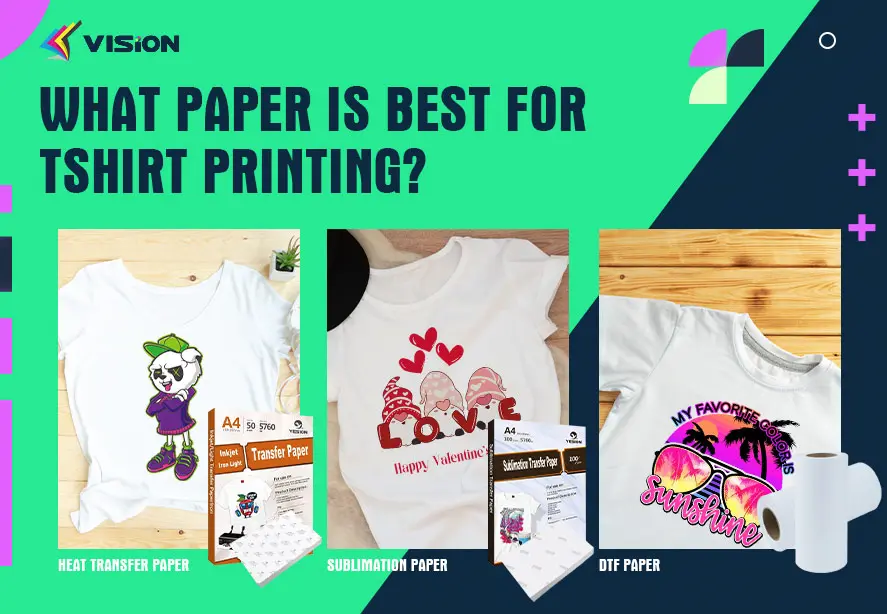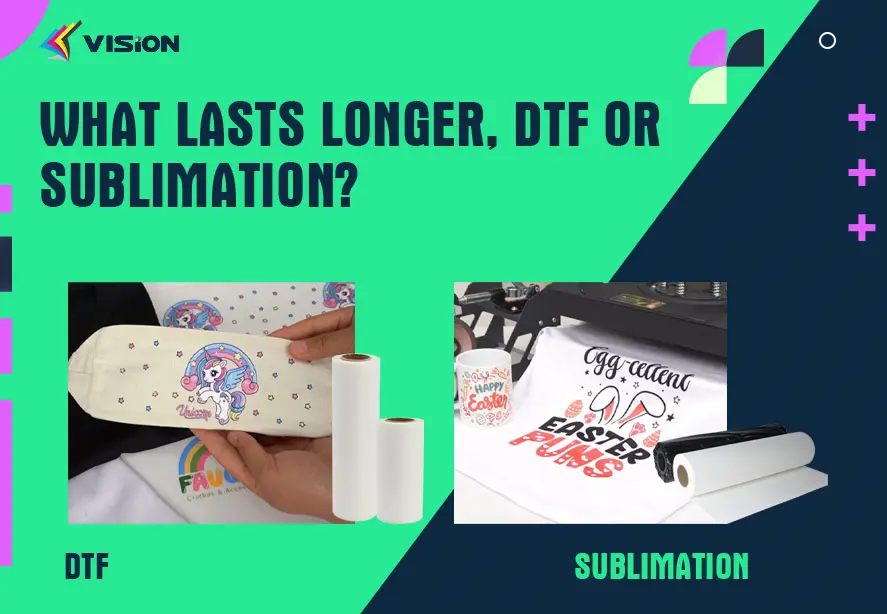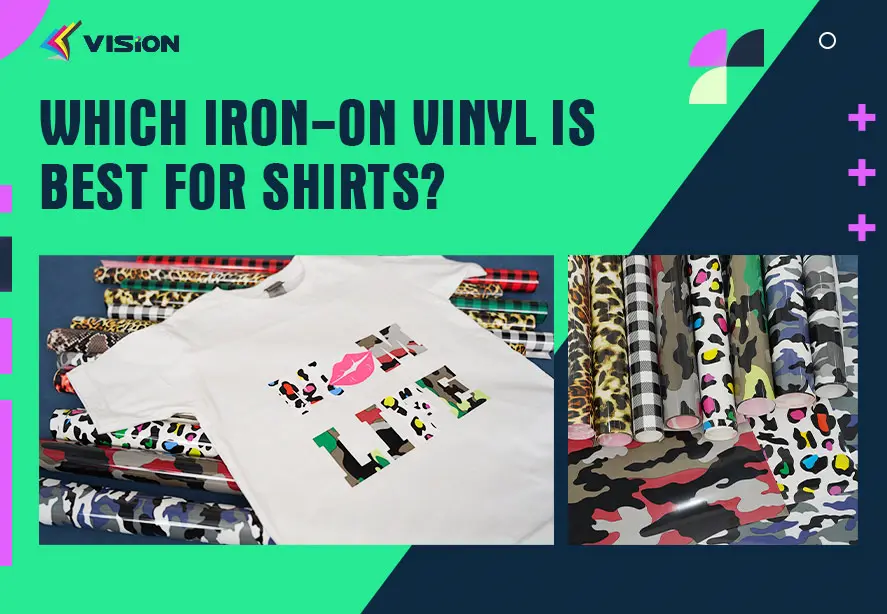Which is cheaper, HTV or sublimation?
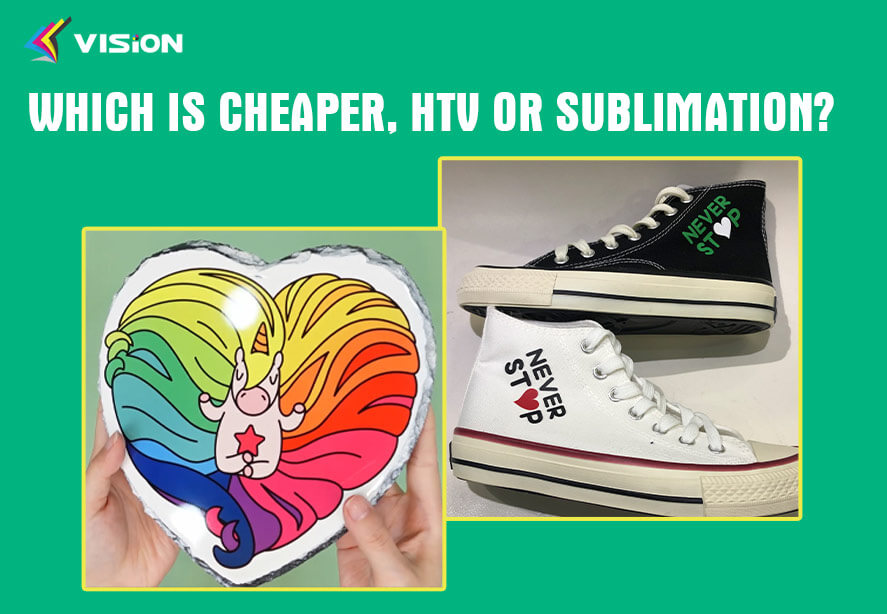
In the realm of garment decoration, Heat Transfer Vinyl (HTV) and sublimation stand out as two prominent methods. Both offer unique advantages and are widely used across various industries. However, when it comes to determining which method is more cost-effective, several factors must be considered. In this comprehensive guide, we delve deep into the intricacies of both HTV and sublimation, analyzing their costs, benefits, and suitability for different applications.
Understanding Heat Transfer Vinyl
Heat Transfer Vinyl, also known as iron-on vinyl, is a popular choice for creating custom designs on fabrics. It involves cutting designs from colored vinyl sheets and transferring them onto garments using heat and pressure. HTV is favored for its versatility, allowing for intricate designs and vibrant colors on various textiles, including cotton, polyester, and blends.
Heat transfer vinyl to create DIY canvas bags
Cost Analysis of HTV
The cost of HTV primarily consists of the price of the vinyl sheets, cutting equipment, and heat press machine. While the initial investment in equipment can be significant, the per-unit cost of vinyl sheets is relatively low. Additionally, HTV offers the advantage of precise customization, allowing for efficient use of materials and minimal waste.
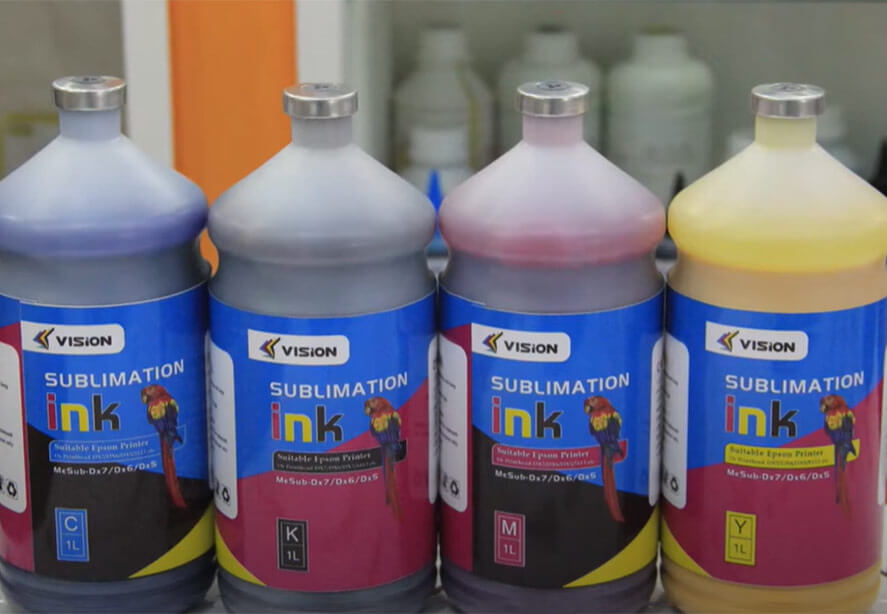
sublimation ink
Exploring Sublimation Printing
Sublimation printing is a dyeing technique that involves transferring dye onto materials such as fabrics, ceramics, and metals using heat. Unlike traditional printing methods, sublimation allows the dye to permeate the surface of the material, resulting in vibrant, long-lasting designs that are resistant to fading and peeling.
Cost Analysis of Sublimation
The cost of sublimation printing is influenced by factors such as the price of sublimation ink, sublimation transfer paper, and printing equipment. While the initial investment in sublimation printers and heat presses may be higher than that of HTV equipment, the per-unit cost of sublimation prints tends to be lower. Sublimation also offers the advantage of full-color printing with no limit on design complexity, making it ideal for intricate and photorealistic graphics.
Cost Comparison: HTV vs. Sublimation
When comparing the cost-effectiveness of HTV and sublimation, it’s essential to consider various factors, including upfront investment, material costs, production efficiency, and end-product quality.
Upfront Investment
HTV requires a lower initial investment in equipment compared to sublimation printing, making it more accessible to small businesses and hobbyists. However, sublimation equipment offers higher production capacity and efficiency, making it a better long-term investment for high-volume printing operations.
Material Costs
While the per-unit cost of HTV vinyl sheets may be slightly higher than sublimation ink and transfer paper, HTV offers greater flexibility in material usage, resulting in less waste and lower overall material costs.
Production Efficiency
Sublimation printing excels in production efficiency, allowing for fast, automated printing processes with minimal manual labor. In contrast, HTV requires more manual intervention, including cutting, weeding, and heat pressing, which can increase production time and labor costs.
Durability and Longevity
Consider the lifespan of the finished product. HTV is known for its durability, with designs lasting through multiple washes and wears. Sublimation prints also have good longevity, but they may fade slightly over time.
End-Product Quality
Both HTV and sublimation offer high-quality, durable prints with excellent color vibrancy and detail.
HTV produces solid, vibrant colors with crisp edges, ideal for bold designs. Sublimation offers photo-quality prints with seamless integration into the fabric, perfect for intricate designs and full-color photographs. sublimation prints tend to have a softer feel and greater durability, particularly on polyester fabrics, making them ideal for apparel and promotional products.
Versatility
Both methods have their strengths in terms of versatility. HTV works well on various fabrics and surfaces, including cotton, polyester, and even wood. Sublimation excels on polyester fabrics and coated substrates like mugs, plates, and phone cases.
Vision Sublimation Transfer Paper
Ease of Use
Consider the learning curve and complexity of each method. HTV is relatively straightforward, requiring basic design and heat press skills. Sublimation printing may involve more technical knowledge, especially regarding color management and heat press settings.
Environmental Impact
Sustainability is increasingly important. HTV generates waste from vinyl scraps and transfer tape, while sublimation ink is typically eco-friendly. However, sublimation paper and certain substrates may not be recyclable.
Customer Preferences
Ultimately, the decision may come down to customer preferences. Some may prefer the vibrant colors and durability of HTV, while others may favor the soft feel and full-color capabilities of sublimation.
When choosing between HTV and sublimation, there’s no clear winner in terms of cost-effectiveness. Each method has its pros and cons, and the best choice depends on individual needs, preferences, and budget constraints. Whether you prioritize durability, print quality, or versatility, both HTV and sublimation offer viable options for custom printing needs.
While HTV may be more cost-effective for small-scale operations and DIY projects, sublimation offers superior efficiency and durability for larger-scale printing ventures.
Related:
Heat Transfer Vinyl (HTV) vs Sublimation paper,How much do you know?
FAQs
Sublimation and HTV have different cost structures, so it depends on factors like production volume and equipment investments.
Sublimation works best on polyester fabrics or materials with a polyester coating.
With proper care, sublimation prints can last for years without significant fading or deterioration.
HTV application requires some skill and practice but can be mastered with experience.
Sublimation is often preferred for promotional items like mugs due to its ability to produce full-color, durable prints.






